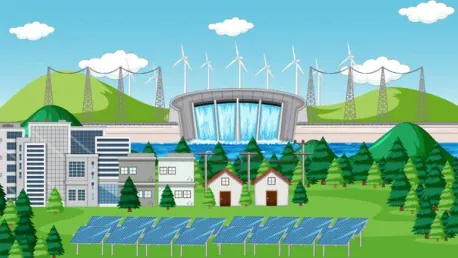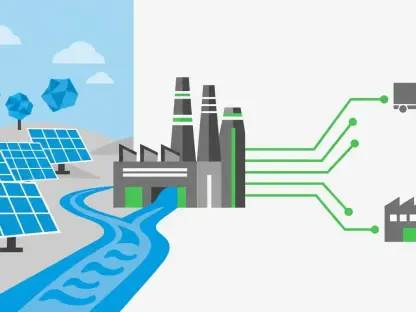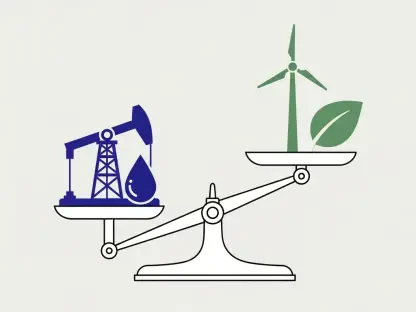Christopher Hailstone has extensive experience in energy management, renewable energy, and electricity delivery. He is known for providing valuable insights on grid reliability and security. Today, he’s here to discuss the recent trends in global renewable power capacity, particularly in light of the latest report from the International Renewable Energy Agency (IRENA).
Can you provide an overview of the key highlights from the Renewable Capacity Statistics 2025 report released by the International Renewable Energy Agency (IRENA)?
The Renewable Capacity Statistics 2025 report draws attention to the substantial increase in global renewable power capacity, reaching 4,448 GW in 2024. Solar energy contributed the largest share, with a total of 1,865 GW. Furthermore, the report indicates a remarkable 585 GW addition last year, with renewables accounting for 92.5% of the total capacity expansion. The annual growth rate for renewable capacity hit a record 15.1%, showing significant progress but still highlighting the gap against the global goal to triple installed renewable energy capacity by 2030.
How did global renewable power capacity change in 2024?
In 2024, global renewable power capacity saw a significant increase, reaching 4,448 GW. Solar energy was the major contributor to this total capacity, with an impressive 1,865 GW.
What was the rate of annual growth in renewable power capacity in 2024 according to the report?
The report states that the annual growth rate in renewable power capacity for 2024 was an impressive 15.1%. This marks a record in terms of the pace at which renewable energy installations have been expanding.
How does the 2024 renewable capacity expansion compare to the global goal of tripling installed renewable energy capacity by 2030?
The global goal for installed renewable energy capacity by 2030 is set to reach 11.2 terawatts. Given the current progress, renewable capacity must expand by 16.6% annually until 2030 to meet this target, underscoring the need for an accelerated pace in installations.
How has Asia progressed in terms of installed solar power since 2022?
Asia has made tremendous progress in terms of installed solar power since 2022. The region added 247.9 GW of solar capacity in 2023 and increased this figure by 327.1 GW in 2024. The countries leading this increase were China, with a staggering 278.0 GW addition, followed by India with 24.5 GW, and South Korea with 3.1 GW.
Comparing 2024 to 2023, how did countries perform in their expansion of renewable power capacity?
In 2024, most countries increased their expansion of renewable capacity compared to 2023. Notably, China and the United States contributed significantly to this expansion. However, several other countries also saw increased growth from the previous year, demonstrating a broader commitment to renewable energy deployment.
How did the share of renewables in total capacity expansion and installed power capacity change in 2024?
The share of renewables in total capacity expansion increased significantly in 2024, reaching 92.5% compared to 85.8% in 2023. Additionally, the renewable share of total installed power capacity rose by more than three percentage points from 43.1% in 2023 to 46.4% in 2024.
What reasons might explain the declining expansion of non-renewable capacity globally?
The decline in non-renewable capacity expansion globally can be attributed to several factors, including a large amount of net decommissioning in some regions over many years, coupled with the increasing economic viability and policy support for renewable energy sources.
How did renewable hydropower capacity change in 2024?
Renewable hydropower capacity saw a notable increase, with a rise of 15.0 GW in 2024, recovering from the all-time low of 11.3 GW in 2023. A significant portion of this increase, about 96%, came from China. Other contributors included Pakistan, Ethiopia, Vietnam, Tanzania, Indonesia and Nepal, each increasing more than 0.5 GW in hydropower capacity.
In your opinion, what are the main challenges and opportunities for achieving the global goal of tripling installed renewable power capacity by 2030?
The primary challenges include scaling up infrastructure, securing adequate financing, and ensuring technological advancements to support the expansion. On the opportunity side, there is potential for significant job creation, environmental benefits, and energy security improvements. Leveraging policy frameworks, international collaborations, and innovation will be crucial in overcoming these challenges and seizing these opportunities.









